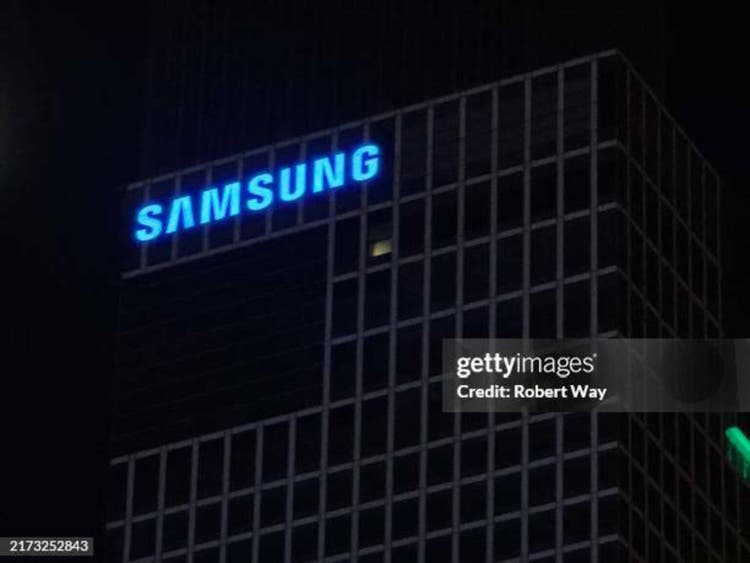A ₹10,000 investment in DSP Large & Midcap Fund at launch is now worth over ₹6 lakh. The secret? A disciplined 70:30 portfolio framework that blended steady compounders with high-growth bets — and stayed the course for 25 years.
Edited excerpts from a chat with Rohit Singhania, Co Head - Equities, DSP Mutual Fund:
DSP Large & Midcap Fund has completed 25 years milestone. An investment of Rs 10,000 at the time of inception is now worth more than Rs 6 lakh. What has been the secret sauce behind the CAGR of nearly 18%?
I don’t know about secret sauce but have tried to maintain a disciplined approach to stock selection. We focus on identifying companies with good / improving growth prospects, with good / improving balance sheets, and capable leadership and available at a margin of safety (in terms of what we paying today vs future expectation of business value).
Our investment framework is built on a 70-30 portfolio construction strategy, where approximately ~70% is allocated to companies with strong fundamentals trading at / near long term valuations (unless there is a change / expectation of change in business fundamental over the years) while balance targets high-growth companies with visible catalysts for improvement in their risk-return profiles. This counter-cyclical approach has been particularly effective in navigating market volatility while maintaining long-term performance.
In the last 1-2 years, what are the key bets or themes that worked for you?
In the past 2 years, our portfolio has benefited from financials (Banks, NBFC’s and Life Insurance), mid cap healthcare, midcap IT, telecom and oil marketing companies along with few names in agri and metal space.
Given the current market valuations, especially in the midcap space, are you leaning more towards large caps for risk-adjusted returns?
While midcap valuations are relatively elevated compared to historical averages, we maintain a balanced approach rather than making dramatic shifts between market capitalizations. Our fund's structure mandates at least 35% allocation each to large and mid-cap stocks, which provides a natural balance and discipline to our portfolio construction process.
Over the last few years our allocation range for large caps has been ~50-52%, for mid-caps 35-37% and balance between small caps and cash. This balanced approach allows us to benefit from the stability and liquidity of large-caps while still capturing the growth potential in the mid-cap space.
We're finding pockets of opportunity in quality large-caps that offer better risk-adjusted returns in the current environment, particularly in sectors like banking, IT, and energy. However, we continue to identify select mid-cap companies with strong fundamentals and reasonable valuations despite the broader valuation concerns.
Rather than making a wholesale shift toward large caps, we're focusing on individual companies with strong growth prospects, healthy balance sheets, and attractive valuations across market capitalizations. This company-specific approach, rather than a broad market-cap rotation, has served our investors well through various market cycles over the past 25 years.
What's your read on the overall market right now? Are we entering an overheated zone or is there still steam left in the rally?
The current market presents a nuanced picture with both opportunities and challenges. While certain pockets, particularly in the mid and small-cap segments, show signs of stretched valuations, but also have higher earnings expectations build in and, in some cases, rightly so. Large-caps, in particular, are trading at relatively more reasonable valuations. However, valuations should not be seen in isolation.
Several positive factors continue to support the market, including strong domestic flows, and favourable macroeconomic indicators. However, we're also mindful of potential headwinds, including geopolitical tensions, global trade uncertainties, and the impact of potential policy changes under the new U.S. administration.
Looking ahead, we expect moderate returns with increased volatility rather than the exceptional gains seen in previous few years. The market may experience intermittent corrections, but the long-term structural growth story for India remains intact. In this environment, focusing on quality companies with strong fundamentals and reasonable valuations will be more important than trying to time market movements.
What's your approach to risk management when market momentum drives up valuations across sectors?
Approach is very simple: be conscious of what you are paying for, implied expectations built in and what is the risk. Bottom-up approach to investing and avoiding giving peak multiple to peakish earnings solves for most valuation related conundrums in investing
We emphasize maintaining a margin of safety in valuations and avoid overpaying for growth (unless expectations and confidence of consistent higher growth and returns or material expectation of change in business outlook).
Second, we maintain diversification at both stock and sector levels, ensuring that no single position or theme dominates the portfolio's risk profile. Our portfolio typically includes 60-70 stocks across various sectors, which helps mitigate company-specific and sector-specific risks. We also actively monitor sector allocations to avoid excessive concentration in areas experiencing momentum-driven rallies.
Finally, we at times maintain tactical cash positions when appropriate and focus on companies with strong balance sheets and sustainable competitive advantages that can weather market volatility. This multi-layered approach to risk management has been crucial to our long-term performance, allowing us to participate in market upside while providing downside protection during corrections.
Are there any sectors or themes you're structurally bullish on for the next 3–5 years, regardless of short-term noise?
We remain structurally bullish on several sectors that are aligned with India's long-term growth trajectory, regardless of short-term market fluctuations. If you would ask me for the next 3-5 years I would think about the financial services sector, telecom, pharma and consumer discretionary.
While valuations and short-term performance may fluctuate, these sectors are positioned to benefit from structural growth drivers that will likely persist over the next 3-5 years and beyond.
How do you approach asset allocation in times like these? If you have Rs 10 lakh to invest, how would you divide it between stocks, debt, and gold/silver?
Being an equity fund manager, I would be naturally biased towards equities. Equities – 60%: Focus on a blend of large and midcap stocks with quality growth and valuation discipline. Debt 25%: Invest in high-quality short to medium duration bonds to provide stability and income. Gold/Silver(15%): Maintain allocation to gold or silver ETFs as a hedge against inflation and market volatility.
.png)
 1 week ago
3
1 week ago
3










 English (US) ·
English (US) ·